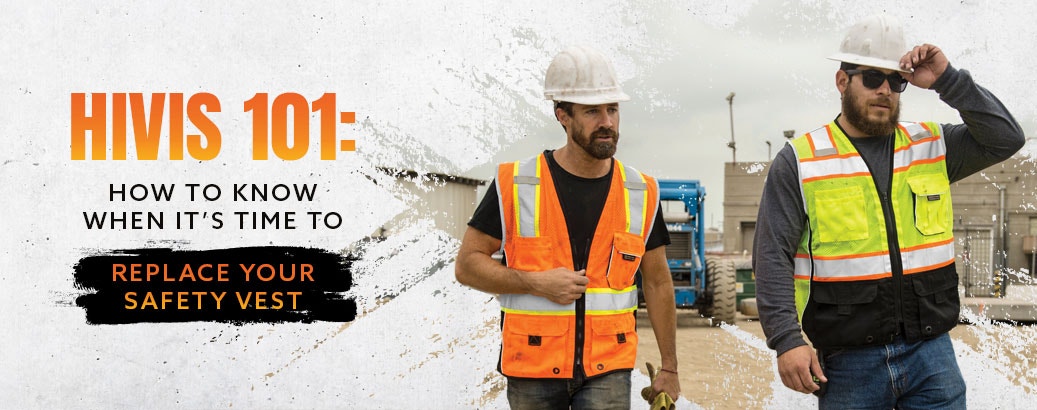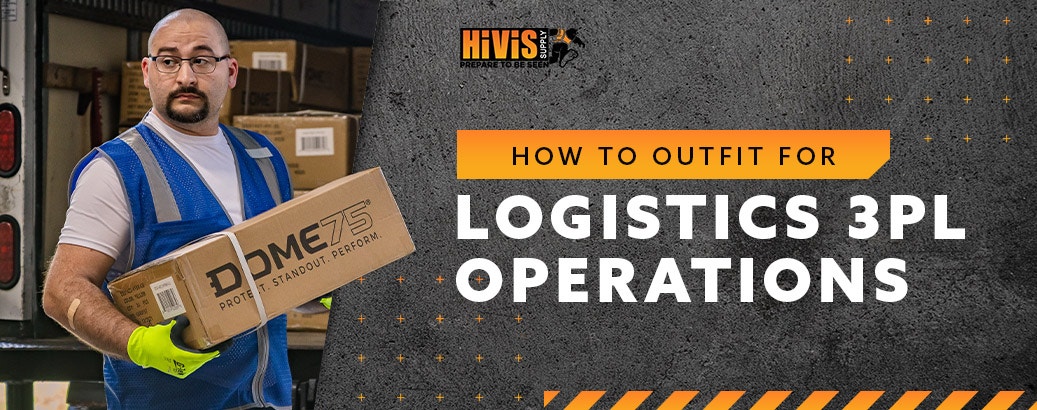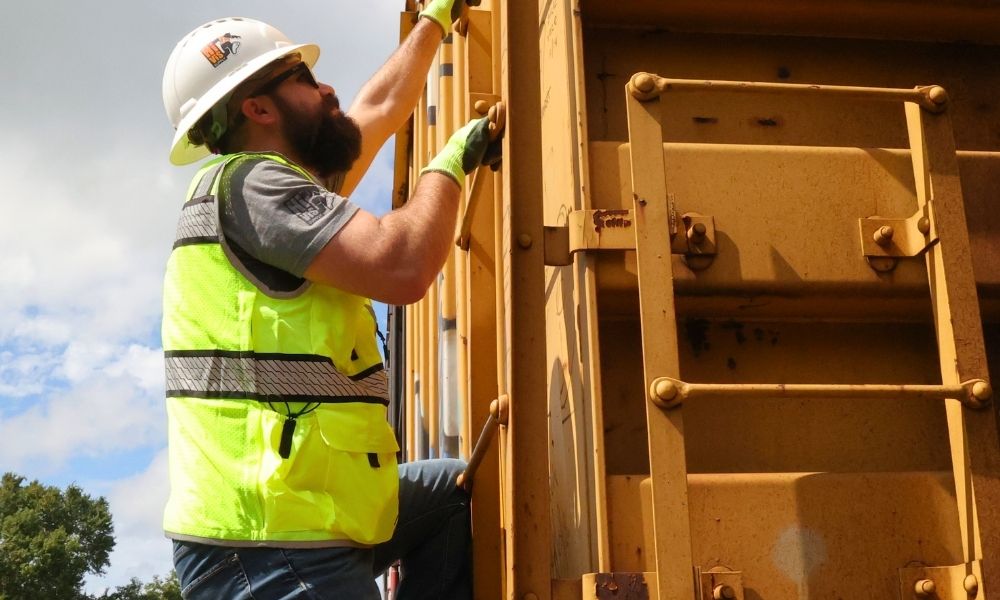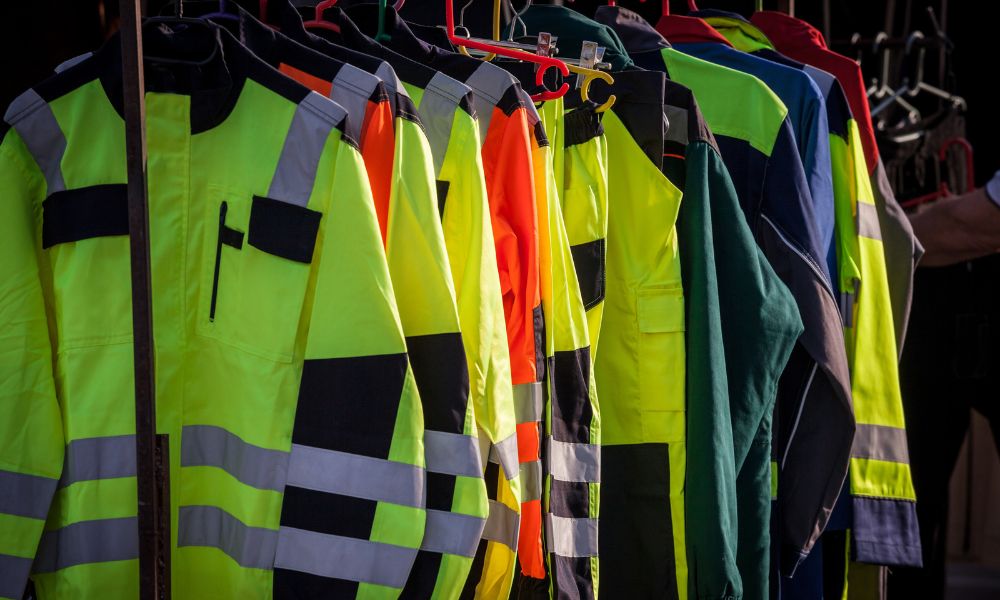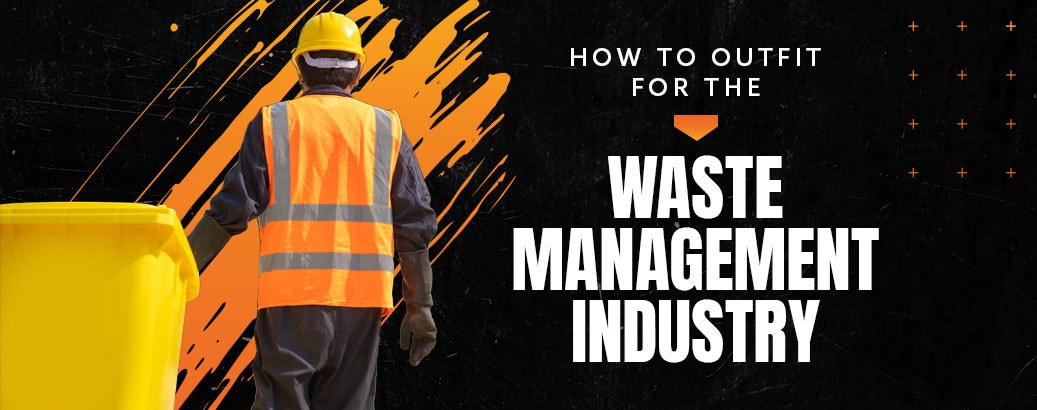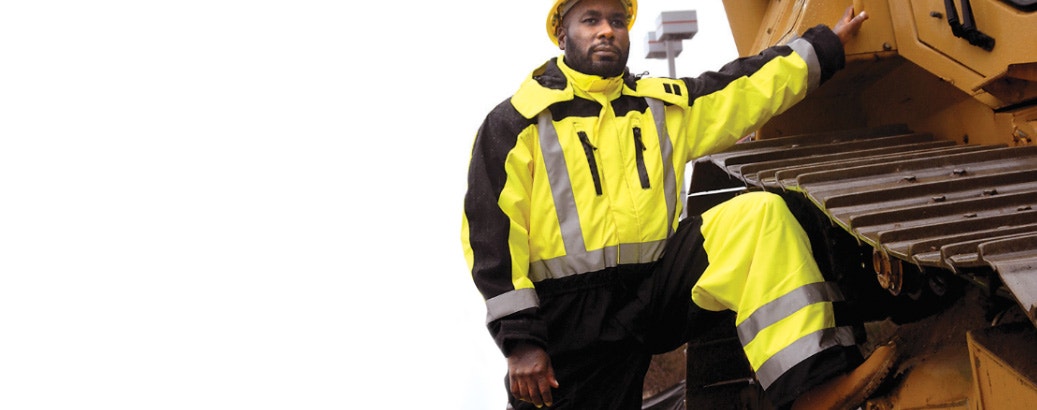Rain Gear: 5 Essential Factors to Consider
- By HiVis Supply
- Feb 3, 2022

“Singing in the rain” or “dancing in the rain” have long been metaphors for living your life wild and free. Well, we hate to burst anyone’s bubble, but have you ever actually had to go to work in the rain when being outside is part of your job? There’s not much that’s romantic or fun about it!
Putting in a hard day’s work in the rain means choosing the right rain gear to protect yourself. Up ahead, we’ll discuss five key things that you should look for when buying your next piece of work rainwear. Then, we’ll look at five of the best pieces of rain gear available from HiVis Supply!
1. Visibility Level
If you work around heavy equipment or moving vehicles, remember that rainy conditions will significantly reduce visibility on your job site. Because of the lowered visibility, these situations will often call for ANSI 107 compliant hi vis workwear. ANSI compliant rainwear includes hi vis fluorescent colors and reflective material to increase your visibility to vehicle and equipment operators. The level of compliance you need from your workwear will vary by job, but many occupations like road maintenance will require ANSI 2 or ANSI 3 compliant gear for maintaining visibility in heavy weather.
TIP: Add a pair of ANSI Class E hi vis bib rain pants to any ANSI Class 2 or higher work jacket for an ANSI Class 3 outfit.
2. Waterproof or Water Resistant Fabric
It’s important to learn the difference between “waterproof” vs. “water resistant” because the terms have two different meanings. Basically, waterproof clothing will give you more protection than water resistant gear. Here’s how it breaks down:
- Waterproof fabric is designed to keep water out completely. It’s suitable for prolonged work and/or heavy downpours.
- Water resistant fabric will keep a limited amount of water out. It’s generally lighter and more suitable for a short time in the rain or for drizzly conditions.
Truly waterproof rain gear will also include features like bound seams, storm flaps and drawstring cuffs to keep water from sneaking in. For the full story, make sure to check out our guide to waterproof vs. water resistant clothing!
3. Denier Rating
Fabrics like ripstop oxford cloth are the typical choice for work rain gear, but it’s important to look at the denier rating (rhymes with deer) on a piece of rain gear to know exactly what you’re getting. This is a three-digit number followed by the letter D, and it tells you approximately how thick and sturdy the fabric is. Rain gear fabrics are usually rated anywhere from 150D (for a light rain jacket) to 300D and up (for heavy parkas). If your job requires a lot of movement in the rain and presents a risk that your rain gear will get ripped or torn, make sure to look for a higher denier fabric.
4. Breathability and Moisture Control
Your rainwear might protect you from moisture coming from the sky, but what about the moisture coming from your own body as you work? If your rain gear doesn’t breathe, the sweat from your hard work can soak your body underneath your workwear. That can lead to chafing at best, or the inability to stay warm at worst. Most workers rely on some combination of breathable garments and moisture-wicking underlayers. A breathable garment allows air to circulate, which helps prevent excessive sweating and lets moisture escape. Underneath that, it’s a good idea to have a moisture-wicking underlayer to draw the sweat away from your skin and keep you comfortable while working.
5. Additional Features
Tons of extra features are now available on work rain gear to give you the protection you need. Some you might look for include:
- Detachable hood
- Zip-in linings for adjustable warmth
- Flex points for a better range of movement
- Flame resistant arc flash protection
- Extra pockets
All of these features and more are available from HiVis Supply’s lineup of hard-working rain gear. Let’s look at five of our favorite pieces and see what they have to offer.
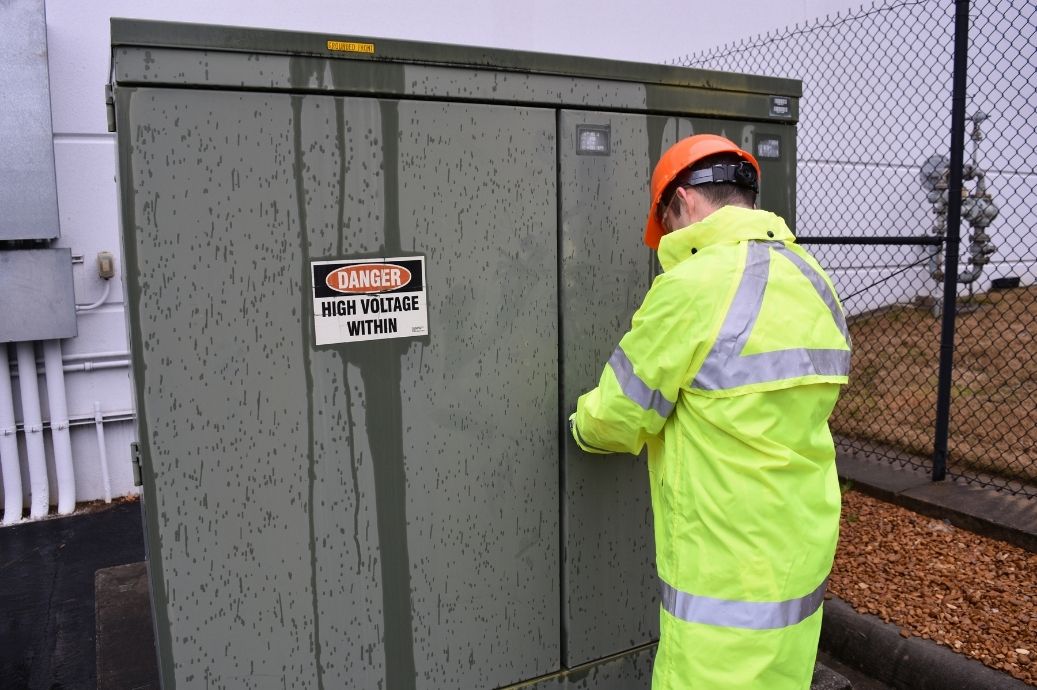

Five Top Choices for Hi Vis Rainwear
1. Radians RW11 Class 3 Lightweight Ripstop Rain Jacket
It’s the lightweight work rain jacket you’ve been waiting for: an ANSI Class 3 windbreaker that gives you your full range of motion without sacrificing true waterproof performance.
2. Radians RW12L Class 3 HiVis Ladies Lightweight Ripstop Packable Rain Jacket
The ladies' version of the previous jacket, this tough rain jacket is specifically cut to be comfortable for a woman’s body shape.
3. Tough Duck SJ28 Class 1 Black HiVis Safety 300D Ripstop Shell
If you’re in need of a true work-ready waterproof parka, you’ll love this ANSI Class 1 jacket’s stylish black design and ultra-tough ripstop construction.
4. GSS Safety 6005 Contrast Series Class 3 HiVis Black Bottom Safety Rain Coat
This raincoat offers the perfect balance of economical price and serious performance, with true ANSI Class 3 visibility and a snappy black bottom that keeps your jacket looking sharp.
5. GSS Safety 6501 Onyx Series Class 3 Rain Coat
When it’s really coming down, you can count on this hi-vis rain coat to keep you safe from the storm and on its ANSI Class 3 design to keep you visible to everybody.
That’s just the beginning of the awesome selection of rainwear you’ll find available from HiVis Supply! Shop all of our hi-vis rainwear to see dozens on dozens more choices, or check out our complete rainwear guide for more in-depth info on choosing the best rainwear for you.


That’s just the beginning of the awesome selection of rainwear you’ll find available from HiVis Supply! Shop all of our hi vis rainwear to see dozens on dozens more choices, or check out our complete rainwear guide for more in-depth info on choosing the best rainwear for you.


